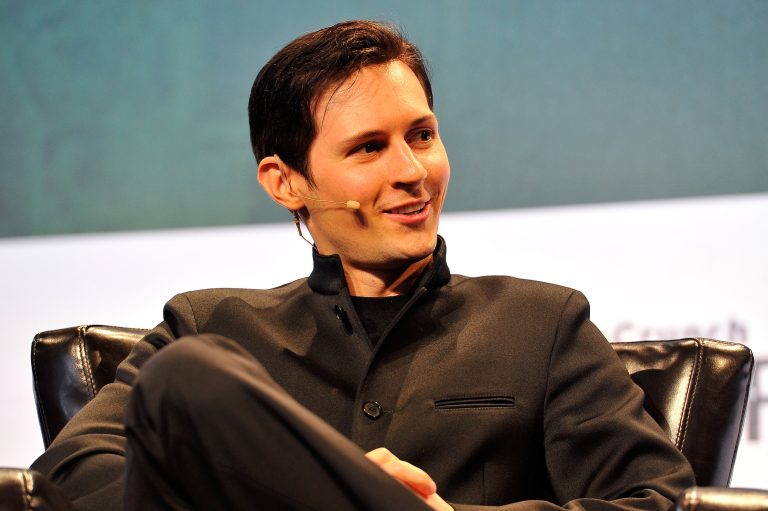The European Space Agency (ESA) is expected to greenlight a three-year study to determine whether massive solar farms, placed in orbit around the planet, could beam solar power back to the planet’s surface.
Research ministers are considering the idea at a meeting in Paris today.
The goal is to generate the same amount of electricity as a traditional power station here on Earth.
While the idea has been considered by various organizations over the years, this program, dubbed the Solaris initiative, would be the first to establish a practical plan to develop a space-based renewable energy generation system.
The Solaris initiative is but one of several proposals being considered by the ESA’s triennial council, which develops the budget for the next phase of the agency’s plans for space exploration, environmental monitoring and communications.
Success
You are now signed up for our newsletter
Success
Check your email to complete sign up
The ESA’s director general, Josef Aschbacher, told the BBC that collecting and beaming energy directly from space could be of “enormous” help to address future energy crises.
“We do need to convert into carbon neutral economies and therefore change the way we produce energy and especially reduce the fossil fuel part of our energy production,” Aschbacher said, adding that, “If you can do it from space, and I’m saying if we could, because we are not there yet, this would be absolutely fantastic because it would solve a lot of problems.”
Collecting energy from the sun from orbit is believed to be much more efficient because of the lack of clouds and night, however the scheme has been considered too expensive to implement until just recently.
Costs to implement the plan have plummeted in recent years due to the advent of reusable rockets — accomplished by Elon Musk’s SpaceX — and other innovations developed by the private sector. Advances in robotic construction in space and the development of technology to wirelessly transfer electricity from orbit are also making the scheme possible.
The scientist leading the Solaris initiative, Dr. Sanjay Vijendran, told the BBC, “The idea of space-based solar power is no longer science fiction.”
“The potential is there and we now need to really understand the technological path before a decision can be made to go ahead with trying to build something in space,” he added.
READ MORE:
- NASA’s Artemis Rocketship on Course for Moon After Epic Launch
- CCP Agent Gets 20 Year Prison Sentence for Stealing US Aviation Industry Trade Secrets
- Energy Crisis Forces Early Shutdown of Large Hadron Collider
Fundamental to the plan is determining whether or not its possible to transfer solar energy collected in space to electricity grids on Earth using microwave beams.
In September this year, engineers from aerospace company Airbus, located in Munich, successfully sent 2KW of power, collected from solar cells, wirelessly to collectors more than 30 meters away.
While this is a long way from sending gigawatts of power — which would be needed to make the project viable — Jean Dominique Coste, senior manager for Airbus’s blue sky division, says it could be achieved in a series of small steps.
“Our team of scientists have found no technical show-stoppers to prevent us from having space-based solar power,” he told the BBC.
The plan is to place solar arrays, upwards of a kilometer wide, in orbit that would collect the energy, convert the energy into microwaves that are then beamed down to receivers on earth that then convert the microwaves back into electricity to be distributed through the existing electricity grids.
According to the chief scientist of Emrod, Dr. Ray Simpkin, who developed the wireless beaming technology the process is entirely safe. “Nothing will get fried,” he told the BBC.
“The power is spread out over such a large area that even at its peak intensity in the center of the beam it will not be hazardous to animals or humans,” he explained.
Major world powers including the United States, Japan and China are in a race to develop space-based solar power and are expected to announce similar initiatives in the near future.
A private firm, Space Solar, based in the UK, aims to demonstrate the technology within six years, and make it commercially viable within nine.
A UK government assessment, independent from the ESA, found that it may be possible to have a solar array in orbit capable of producing the same amount of energy as a power station, around 2 GW, by 2040, which is consistent with the ESA’s estimates.
However, according to Dr. Vijendran, with enough political will and increased funding, the scheme could be accomplished within the decade.
“It could be our generation’s equivalent of the moon shot,” he said.







